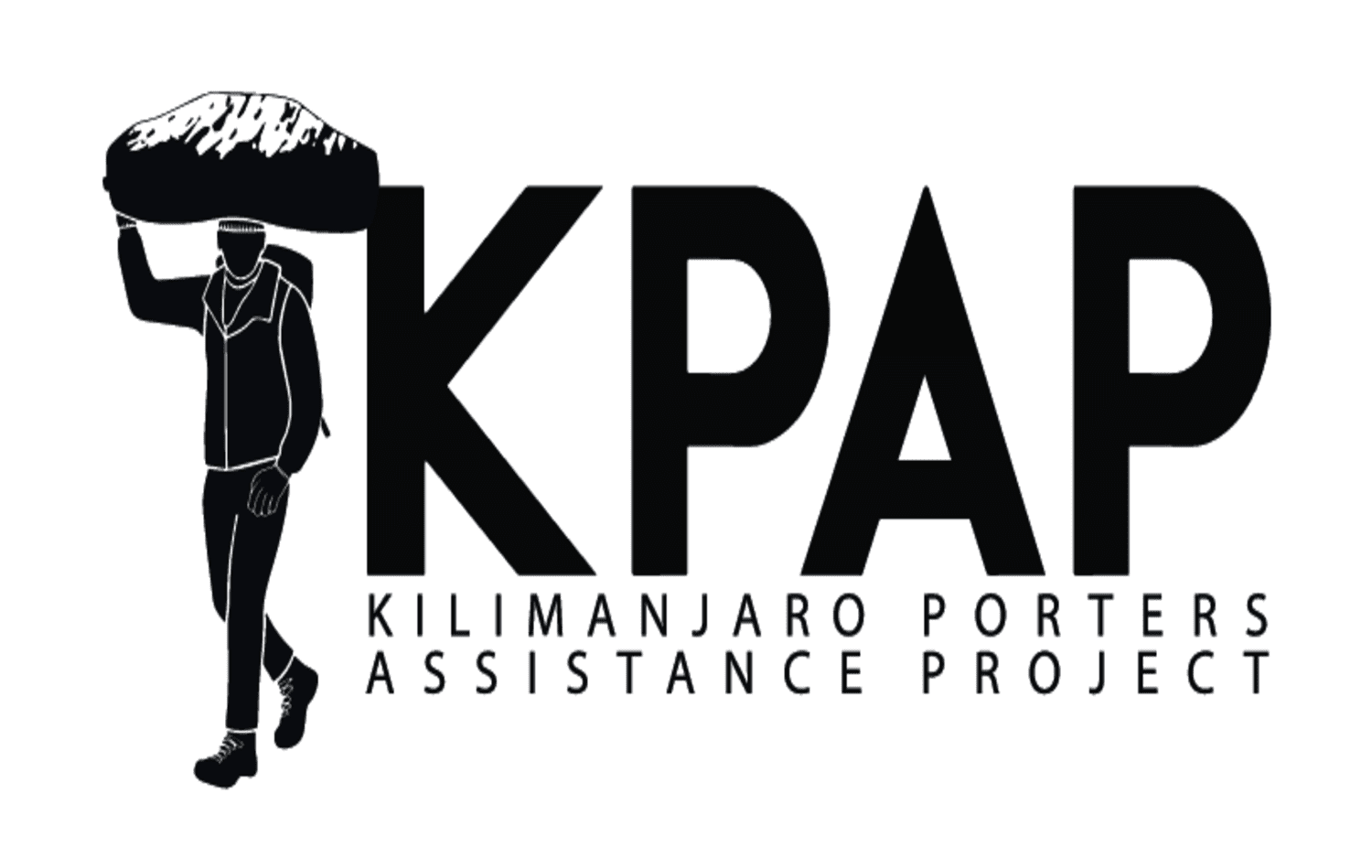Mount Kilimanjaro has seven official routes, each offering a unique experience. Choosing the right one depends on your fitness level, experience, and preference for scenery, difficulty, and crowd levels.
| Route | Duration | Difficulty | Scenery | Success Rate | Crowds |
|---|---|---|---|---|---|
| Marangu | 5-6 Days | Medium | Good | 50%-60% | High |
| Machame | 6-7 Days | Challenging | Excellent | 70%-85% | High |
| Lemosho | 7-9 Days | Moderate | Outstanding | 85%-90% | Medium |
| Rongai | 6-7 Days | Moderate | Good | 70%-80% | Low |
| Northern Circuit | 8-9 Days | Easiest | Amazing | 90%-95% | Very Low |
| Shira | 7-8 Days | Challenging | Excellent | 75%-85% | Low |
| Umbwe | 5-6 Days | Very Hard | Good | 40%-50% | Very Low |
1. Marangu Route – “Coca-Cola Route”
Days: 5-6
Difficulty: Medium
Scenery: Decent but less diverse
Success Rate: 50%-60%
Accommodation: Huts (Only route with huts)
Crowds: High
Pros:
Cons:
Best for: Budget climbers who prefer hut accommodations.
2. Machame Route – “Whiskey Route”
Days: 6-7
Difficulty: Challenging
Scenery: Beautiful & diverse
Success Rate: 70%-85%
Accommodation: Camping
Crowds: High
Pros:
Cons:
Best for: Adventurers looking for a scenic and moderately challenging climb.
3. Lemosho Route – Best for Acclimatization
Days: 7-9
Difficulty: Moderate
Scenery: Spectacular (Rainforest, Shira Plateau, Barranco Wall)
Success Rate: 85%-90%
Accommodation: Camping
Crowds: Medium
Pros:
Cons:
Best for: First-time climbers who want the best chance of success.
4. Rongai Route – Least Crowded
Days: 6-7
Difficulty: Moderate
Scenery: Good but less varied
Success Rate: 70%-80%
Accommodation: Camping
Crowds: Low
Pros:
Cons:
Best for: Climbers looking for a quieter and drier route.
5. Northern Circuit – Longest but Easiest Route
Days: 8-9
Difficulty: Easy (due to gradual ascent)
Scenery: Stunning (360° views around Kilimanjaro)
Success Rate: 90%-95%
Accommodation: Camping
Crowds: Very Low
Pros:
Cons:
Best for: Climbers who want maximum acclimatization and fewer crowds.
6. Shira Route – Similar to Lemosho but Harder
Days: 7-8
Difficulty: Challenging
Scenery: Excellent
Success Rate: 75%-85%
Accommodation: Camping
Crowds: Low
Pros:
Cons:
Best for: Experienced trekkers with good altitude adaptation.
7. Umbwe Route – Toughest & Steepest
Days: 5-6
Difficulty: Very Hard
Scenery: Good
Success Rate: 40%-50%
Accommodation: Camping
Crowds: Very Low
Pros:
Cons:
Best for: Experienced mountaineers looking for a technical and extreme challenge.
Best for Success: Lemosho or Northern Circuit (Gradual acclimatization)
Best for Scenery: Machame or Lemosho
Best for Short Duration: Machame (6-7 days) or Marangu (5-6 days)
Best for Hut Accommodation: Marangu
Least Crowded: Rongai or Northern Circuit
Hardest Challenge: Umbwe
The best route depends on your fitness level, time, and preference. If you’re a beginner, choose Lemosho or Machame for the best balance of scenery and success rate.



TERMS AND CONDITIONS | AFRICAN SAFARI | PRIVACY POLICY | REFUND POLICY | FOR TRAVEL AGENCIES | HOTELS IN TANZANIA | OUR BLOG
© 2025 Shiri Adventures